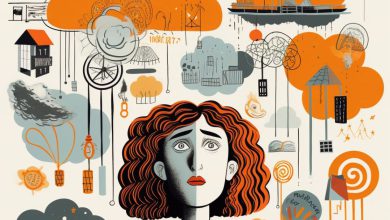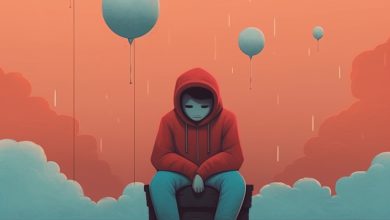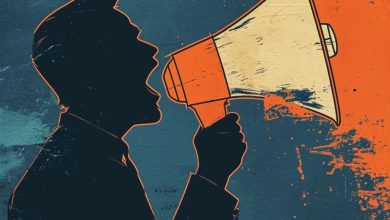Art Therapy for Anxiety: Drawing Ideas to Reduce Anxiety
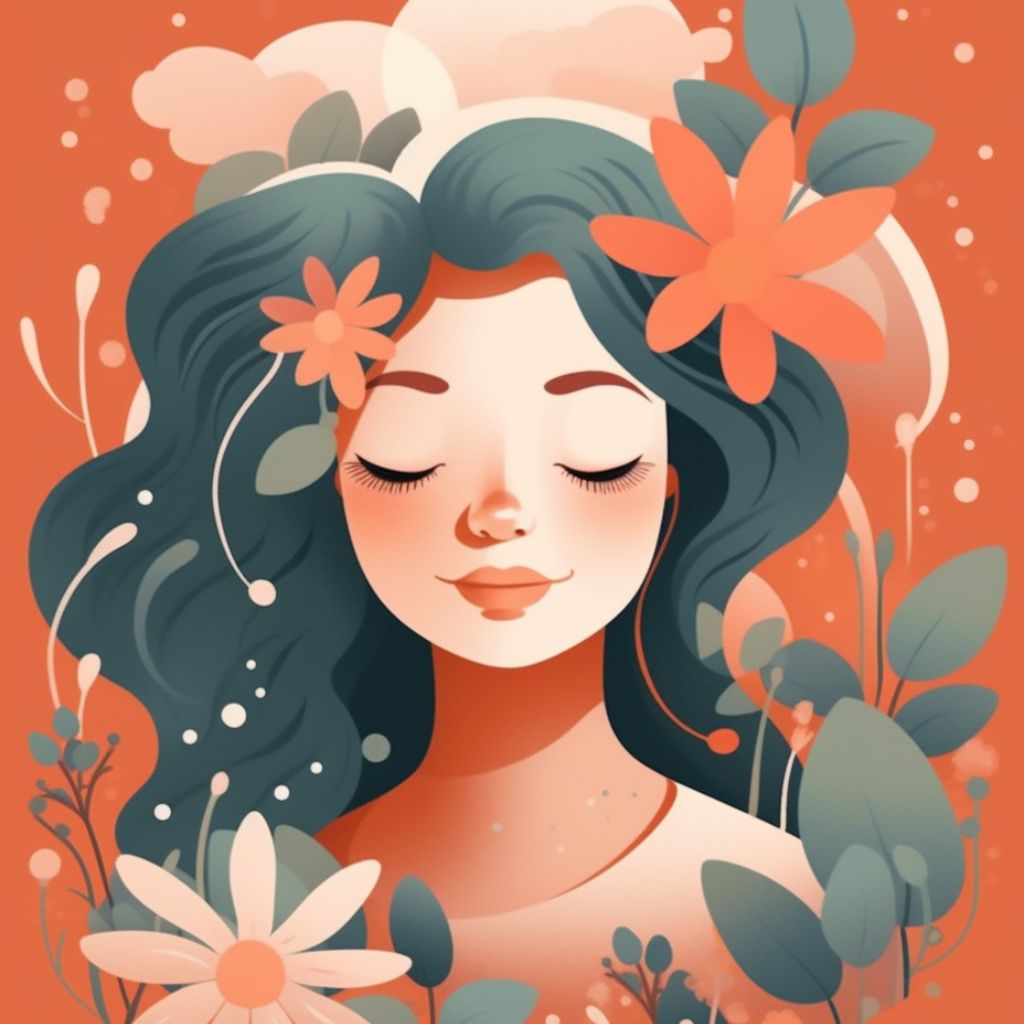
In the midst of life’s challenges, finding effective ways to manage and alleviate anxiety is crucial for our overall well-being. While traditional methods such as therapy and medication are widely utilized, an increasingly popular and empowering approach is art therapy. Art therapy for anxiety harnesses the power of creativity to help individuals overcome tension and find inner calm.
In this article, we will explore the profound impact of art therapy on anxiety reduction and provide a collection of engaging and accessible drawing ideas that can be incorporated into your daily life.
How Does Art Therapy Help Anxiety?
According to the American Art Therapy Association, art therapy offers various therapeutic benefits that can help reduce anxiety and promote emotional well-being. These benefits include:
Stress Reduction and Relaxation
Engaging in art activities provides a creative outlet for self-expression and can significantly reduce stress levels. The act of creating art stimulates the relaxation response in the body, leading to a sense of calm and peacefulness.
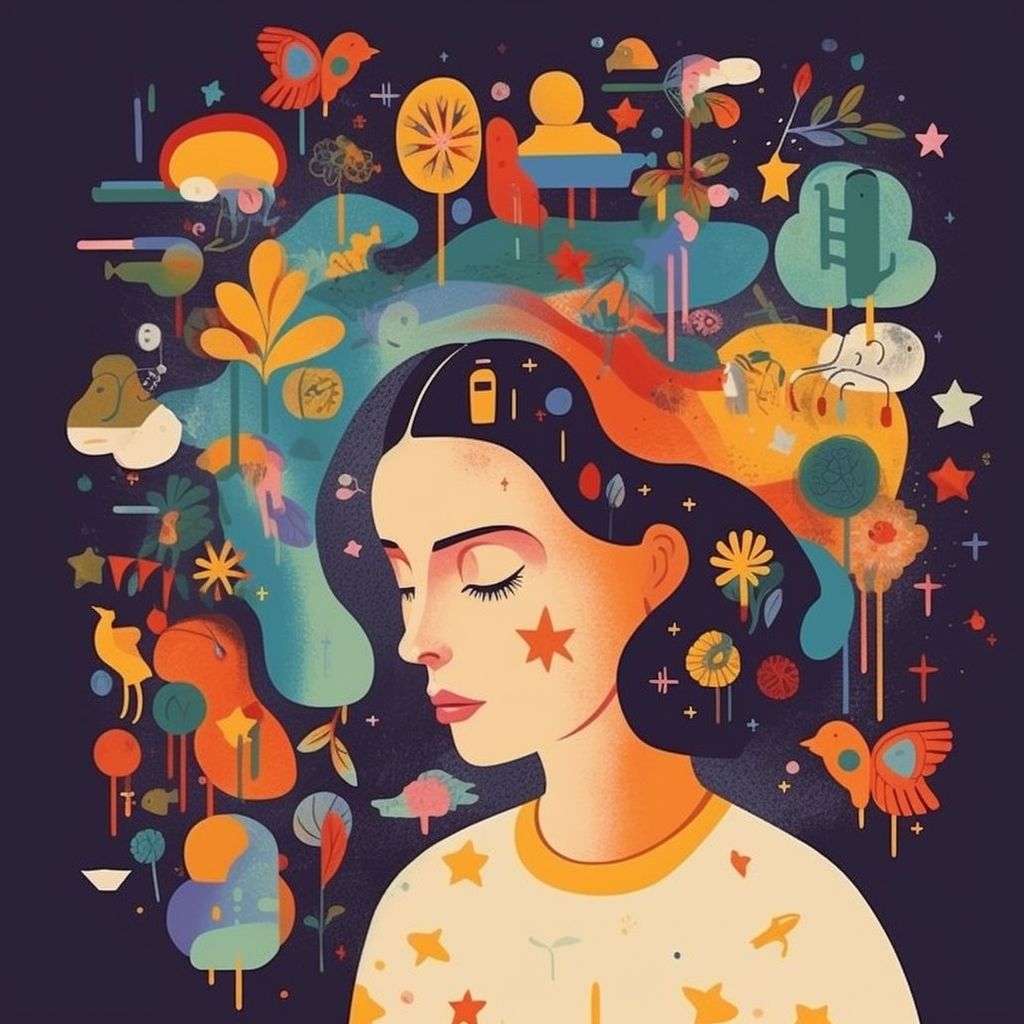
Self-Expression and Emotional Release
Art therapy interventions for anxiety allow individuals to express their thoughts, emotions, and experiences visually, even when words may fail them. Through art, individuals can explore and process complex feelings associated with anxiety, leading to emotional release and a sense of catharsis.
Enhancing Mindfulness and Focus
Anxiety disorder Art-making encourages individuals to be fully present in the creative process, promoting mindfulness and increased self-awareness. By focusing on the art materials, colors, and textures, individuals can shift their attention away from anxious thoughts and achieve a state of flow and concentration.
Boosting Self-Esteem and Self-Confidence
Art therapy provides opportunities for individuals to explore their creativity and develop new skills. Accomplishing artistic goals and creating meaningful artwork can boost self-esteem and foster a sense of achievement and self-confidence, counteracting the negative self-perceptions often associated with anxiety.
Best Art Therapy Drawing Activities for Anxiety
When it comes to managing anxiety and fostering emotional well-being, art therapy offers a powerful avenue for self-expression and relaxation. Tap into your creative side with these fun and effective therapy activities specifically designed to help you overcome anxiety:
Release Anger and Sadness
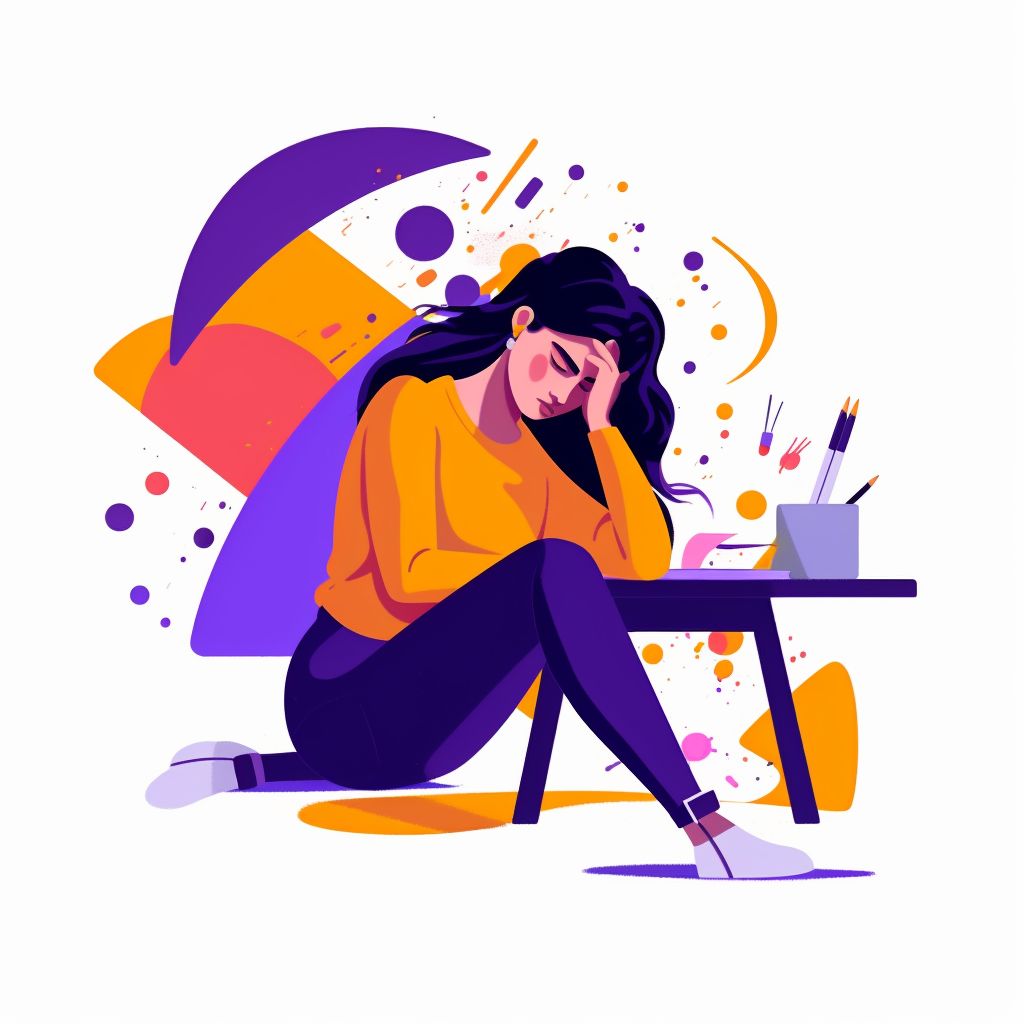
Through these drawing activities, you can give voice to your emotions and find relief:
Draw what you feel
Use art as a language to communicate your emotions visually. Create a piece of artwork that represents how you are currently feeling, using colors, shapes, and lines to convey your emotions. This activity provides an opportunity to explore and gain insight into your emotional state.
Paint with your eyes closed
This technique involves drawing the outline of a subject without looking at the paper. It encourages focused attention and promotes mindfulness. By letting go of expectations and embracing imperfections, individuals can release pent-up anger and sadness through the artistic process.
Draw without lifting the pencil
This practice redirects thoughts away from anxious rumination and into the present moment. It encourages a flow-like state and serves as a soothing distraction, allowing you to channel and release emotions onto the paper, promoting relaxation and a sense of calm.
Invite Happiness and Joy
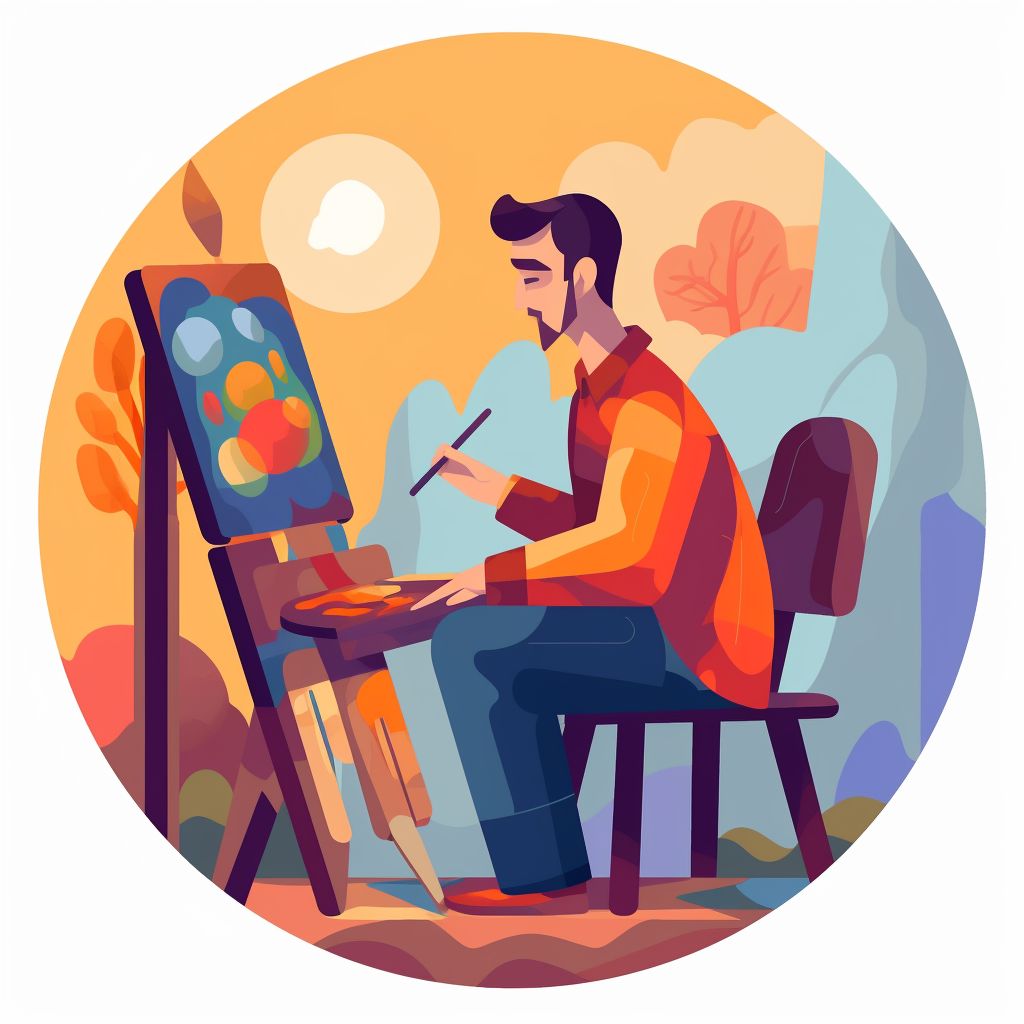
There are some art therapy ideas for anxiety to help you focus on positive emotions and cultivate an optimistic outlook:
Draw your Happy Memories
By visually recreating joyful moments, this technique shifts your focus away from anxious thoughts and redirects your attention toward positive experiences and emotions. This act of reminiscing and depicting happy memories promotes feelings of happiness, gratitude, and nostalgia, allowing you to regulate your emotions and cultivate a sense of calm.
Paint a Feel-Good Playlist
Put together a playlist of your favorite uplifting songs and set up a painting station. Allow the music to inspire your brushstrokes as you paint freely on a canvas. Let the colors and rhythms of the music guide your creation, and enjoy the process of expressing your emotions and joy through art.
Ease Your Mind
Engage in art therapy activities below that ease your mind and promote relaxation and serenity:
Draw and color Mandalas
Create intricate and symmetrical mandalas, circular designs that represent unity and wholeness. As you focus on the repetitive patterns and shapes, coloring or drawing mandalas can induce a meditative state, allowing your mind to find peace.
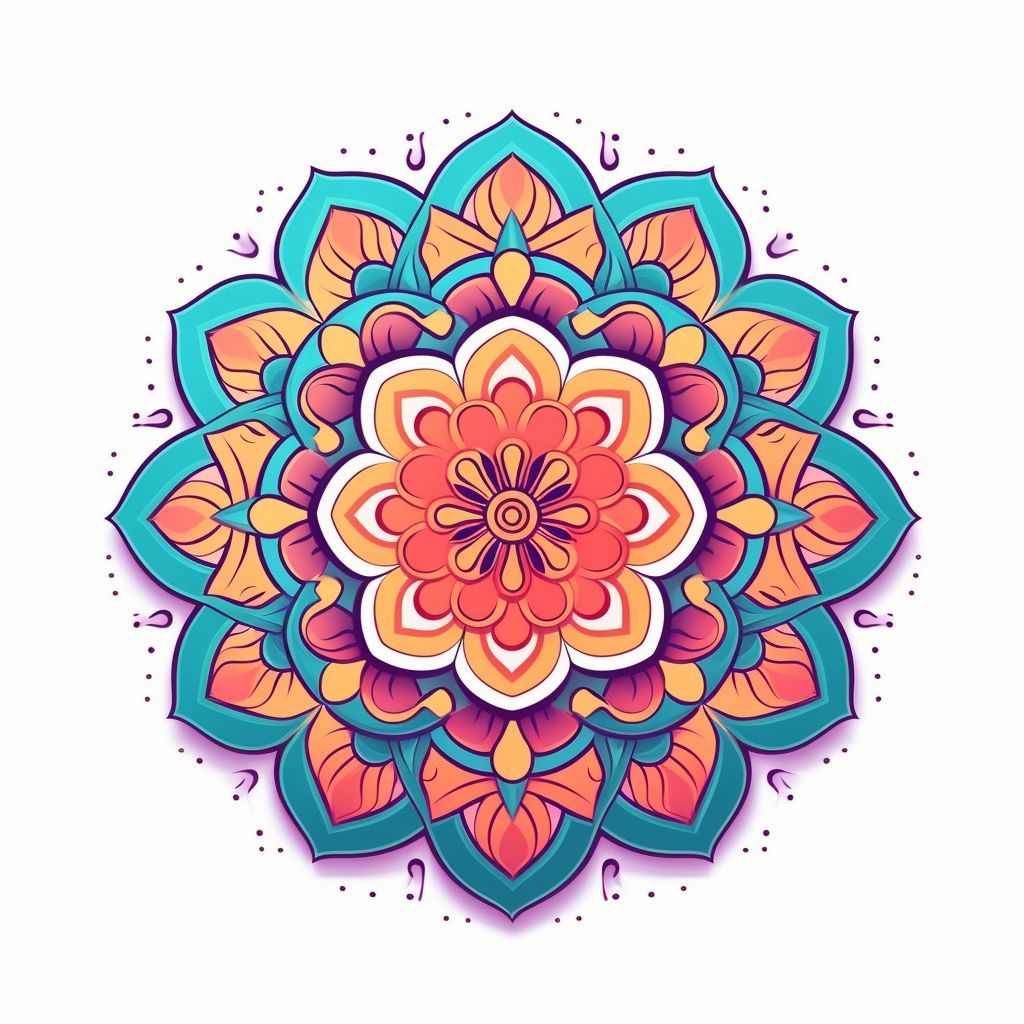
Try coloring books
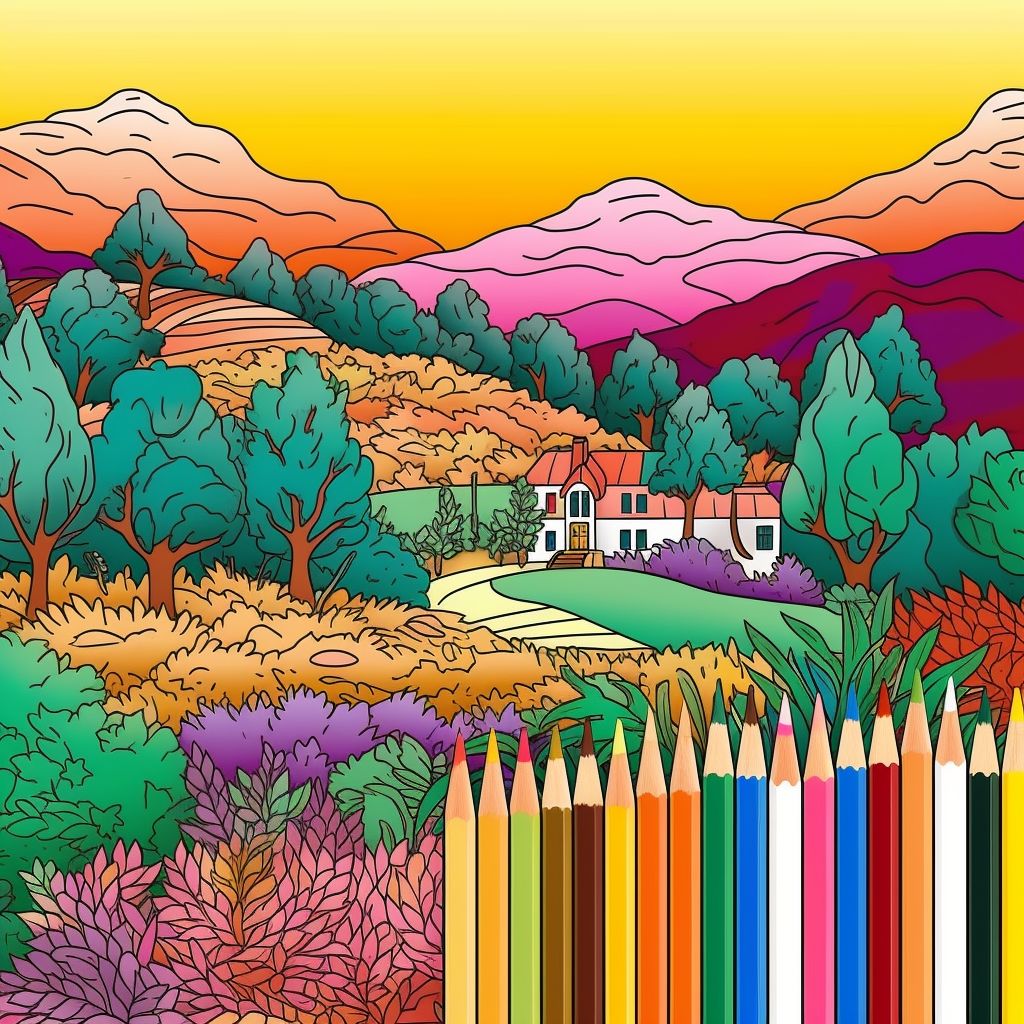
Find coloring books specifically designed for adults, filled with intricate patterns and illustrations. Gather all the colors you like! Coloring within the lines can be a soothing activity.
Draw Zentangles
The practice of Zentangles involves drawing structured patterns and repetitive strokes to create intricate designs. You only need to draw shapes in every form you like and fill them with lines and dots. This meditative art form promotes focus and mindfulness, allowing you to relax and find a sense of calm amidst the intricate patterns you create.
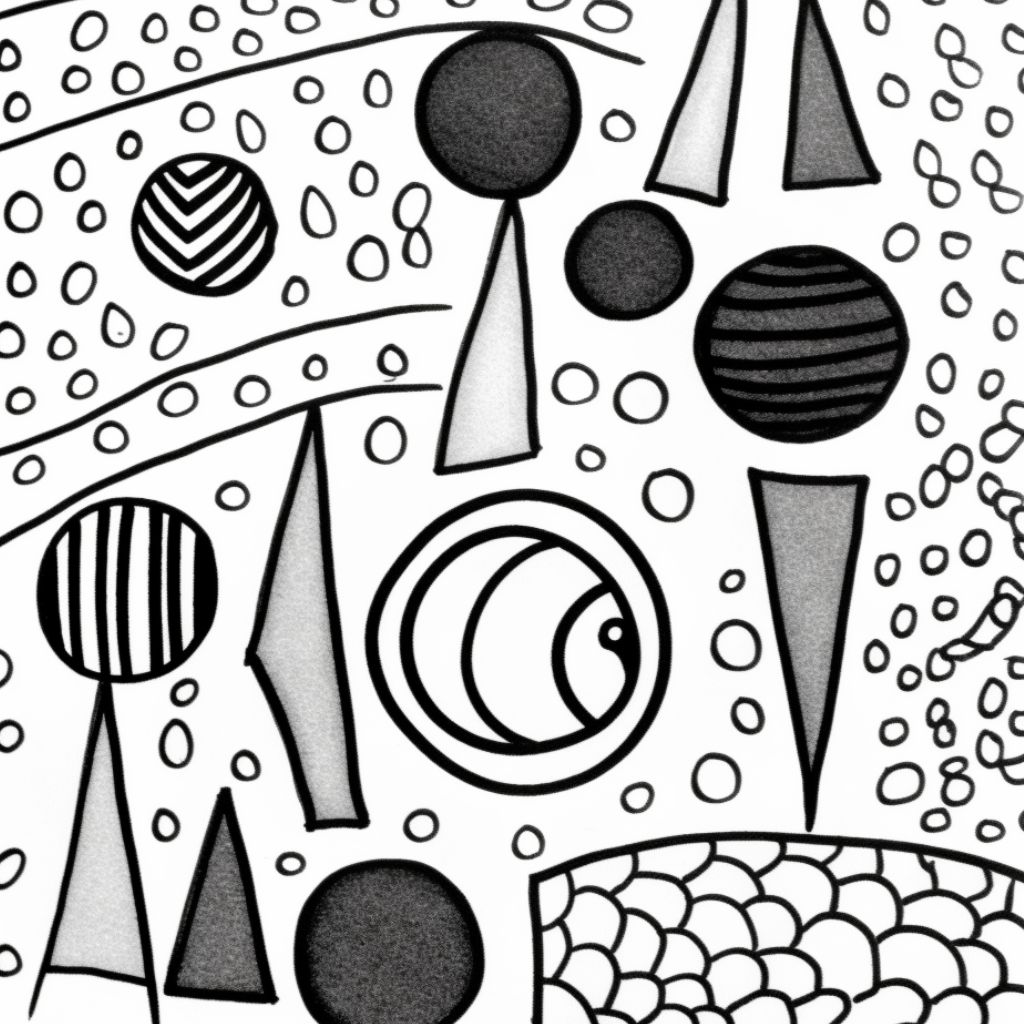
Paint with your hands
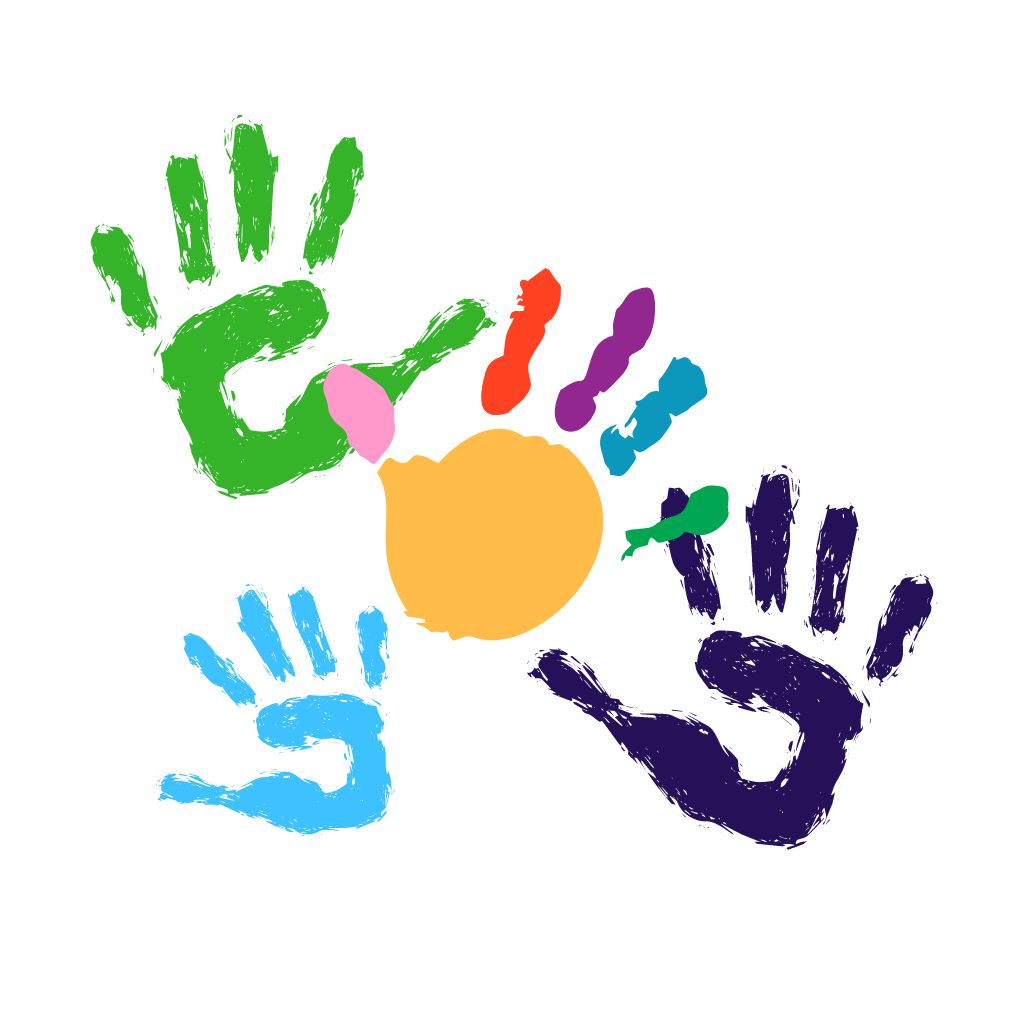
Release tension and connect with your emotions through painting with your hands. Allow the tactile experience of using your fingers and palms to apply paint to the canvas, feeling the freedom of spontaneous expression.
More Art Activities for Anxiety
Other than drawing and painting, there are some activities that art therapy suggests for anxiety and depression:
- Creating a Nature-inspired Artwork
Take a walk in nature and collect natural objects such as leaves, flowers, or small rocks. Use these items as inspiration to create artwork that reflects the beauty and tranquility of nature. You can paint, draw, or even create a mixed-media collage using these elements.
- Making a Gratitude Collage
Gather magazines, colorful paper, and scissors to create a collage that represents things you’re grateful for. Cut out images or words that resonate with you and arrange them on a poster board or canvas. This activity fosters a sense of appreciation and reminds you of the positive aspects of your life.
- Sculpting with Clay
You will be surprised by the qualities of sculpting with clay, a form of art therapy for stress and anxiety, as you mold and shape it with your hands. The tactile sensation of working with clay can be grounding and calming, providing an outlet for emotional expression while allowing your mind to focus on the present moment.
HealWiser’s Last Piece of Advice
Remember, art therapy is a personal and individual journey. Allow yourself the freedom to explore different artistic activities and find what resonates with you.
Include art therapy for anxiety into your routine and make self-care through art a priority. With dedication and an open mind, you can conquer anxiety and develop a greater sense of well-being in your life.
Share your experience with HealWiser and others in the comments section below this post.


